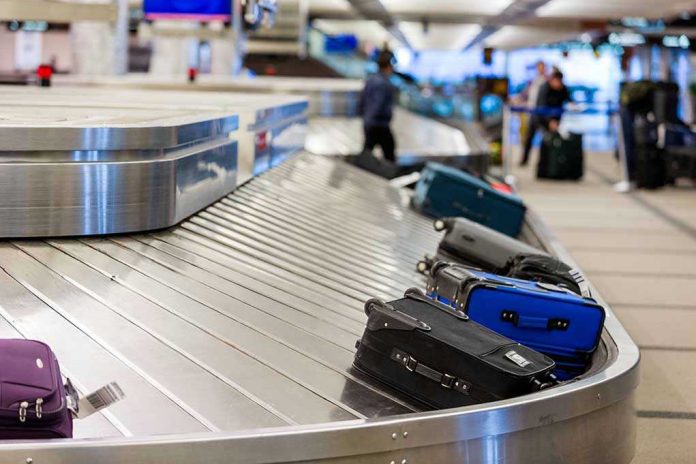
America’s air travel meltdown in October 2025 revealed just how thin the line is between everyday convenience and nationwide chaos—when labor unrest, a government shutdown, and operational failures collided, even the world’s busiest airports buckled.
Story Snapshot
- Thousands of flights were canceled or delayed as strikes, protests, and a government shutdown crippled U.S. airports.
- Major hubs like O’Hare, Houston Bush, and LaGuardia became epicenters of confusion, stranding travelers for days on end.
- The crisis exposed deep-rooted staffing shortages and labor tensions that have simmered since the pandemic.
- Industry leaders warn of lasting economic damage and a painful reckoning for America’s aviation system.
The Anatomy of a Travel Crisis: How It All Unraveled
As Congress failed to fund the government, the first domino fell: air traffic controllers and TSA staff went unpaid, triggering a wave of sick-outs and work stoppages. With the Columbus Day weekend approaching, airline management and unions locked horns over contracts, escalating street protests and walkouts. By October 9, more than 4,300 flights were delayed and 60 outright canceled—a number that would only climb as the weekend wore on.
Airports from Boston Logan to Houston Bush Intercontinental became scenes of logistical gridlock. Stranded travelers, some stuck for over 24 hours, vented frustrations in terminals and across social media. Airlines scrambled to rebook passengers, but their own skeleton crews—thinned by years of post-pandemic attrition—struggled to keep up. The government shutdown left federal agencies hamstrung, unable to coordinate a national response or guarantee even basic service levels.
Systemic Weaknesses: A Crisis Years in the Making
The chaos of October 2025 did not emerge overnight. Chronic staffing shortages have plagued the industry since COVID-19, with airlines failing to replace thousands of experienced workers. Labor unions, emboldened by public sympathy and years of stagnant wages, timed their strikes to maximize leverage. The government shutdown poured gasoline on the fire, cutting off pay for essential safety staff and making a fragile system brittle and unpredictable.
Analysts point to the government’s inability to resolve the budget impasse as a root cause, but critics note that airline management’s cost-cutting and failure to invest in resilience left travelers exposed. Federal agencies like the FAA and TSA, caught in the crossfire, could only issue warnings about continued delays if the shutdown dragged on. Meanwhile, airport authorities watched helplessly as their terminals became holding pens for thousands of frustrated travelers.
Winners, Losers, and the Battle for the Skies
The most immediate victims were passengers: families missing reunions, business travelers losing deals, and tourists abandoning plans. Airlines faced mounting financial losses, hemorrhaging both revenue and reputation. The U.S. Travel Association projected a 6.3% decline in inbound tourism for 2025, as international travelers rethought their itineraries in the face of American unpredictability.
For labor unions, the crisis proved the power of coordinated action. Their demands for better pay and conditions gained national attention, forcing management back to the bargaining table. Yet, the broader economy suffered—local businesses reliant on airport traffic saw revenue evaporate, and the ripple effects touched everything from hotels to ride-shares. Political leaders faced growing pressure to resolve both the shutdown and the labor disputes, with bipartisan calls for systemic reform growing louder.
The Road Ahead: What Comes After the Breakdown?
By mid-October, some improvement trickled in as airlines and unions made temporary concessions and a few federal workers returned. But the system’s wounds run deep. Aviation experts warn that without serious investment in staffing, automation, and crisis management, the next shock—whether political, meteorological, or technological—could bring even more severe disruptions.
Industry leaders, including the president of the U.S. Travel Association, have called for a full-scale review of aviation funding and labor practices. Proposals range from accelerated automation in air traffic control to new rules around airline contingency planning. For now, travelers remain wary, and the world’s confidence in American aviation reliability has taken a measurable hit.















